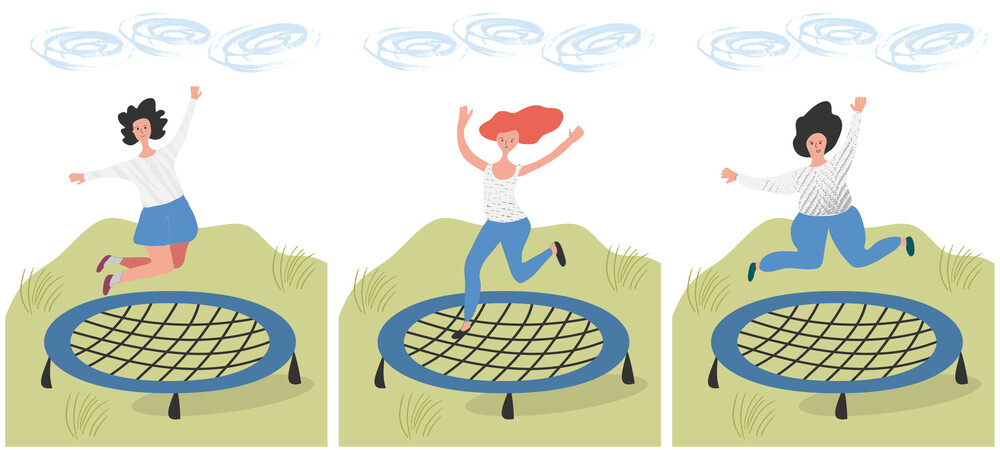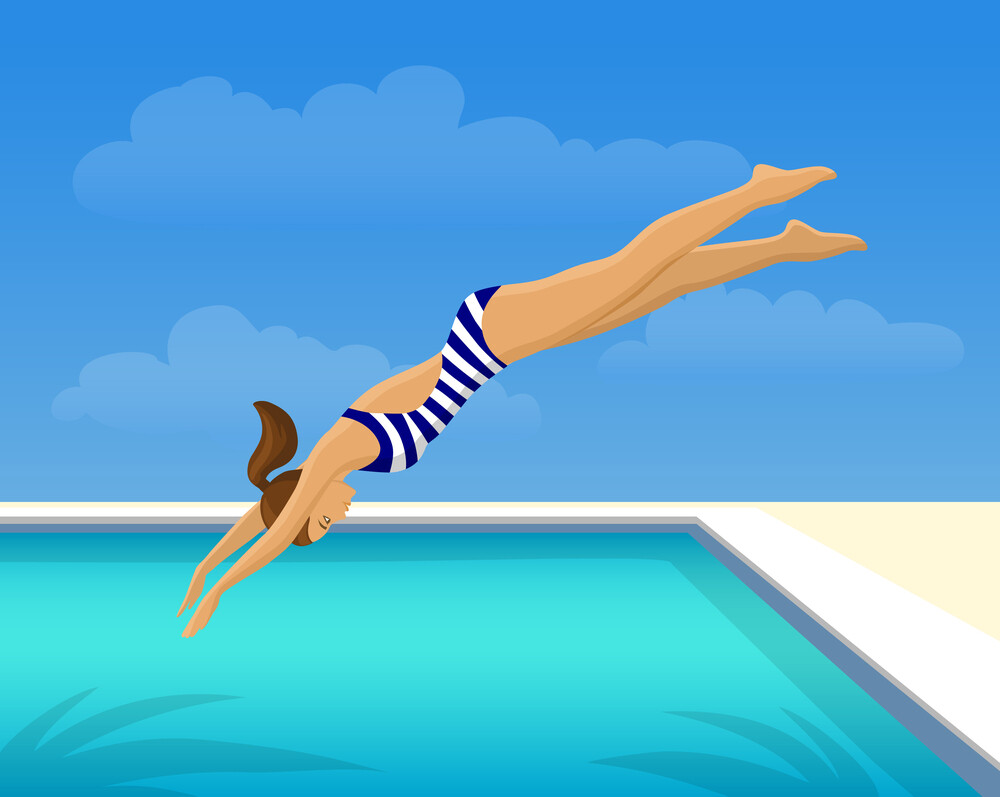When your running to the subway makes you gasp for breath, it’s time for endurance training. Here are the best sports and activities for more stamina.
How exactly you can improve your physical abilities and which sports activities are best suited for this purpose is explained below:
Jogging: Boosts the circulation and helps against stress

Even a leisurely endurance run is enough to get the entire cardiovascular system going. Sports physicians therefore recommend gentle jogging even in cases of high blood pressure, diabetes, high cholesterol levels – and stress. Try it out! But before you start running, you should read the following four basic rules:
- Tilt the upper body slightly forward and look straight ahead. If you let your head hang down, you put strain on your intervertebral discs and the neck and back muscles.
- The arms support the running movement. They swing along loosely with the running rhythm.
- The tips of your feet always point in the running direction so that the knee joints are not twisted. Use the entire foot surface if possible. That means, put the heel down and roll over the ball of your foot and toes.
- Finally, you should walk for a few more minutes – and don’t forget to stretch! Especially your buttocks and leg muscles need it now.
Walking: Getting fit with small steps

… is great for everyone who hasn’t done any sport for a long time or weighs too many kilos. Because fast walking boosts the metabolism as well as fat burning, hardly strains the knee joints and is a gentle training for butt and leg muscles.
Tip: Start slowly and let the shoulders circle in between – forward and backward. Pay attention to your posture. Straighten up and do not look at the floor. Shoulders remain relaxed, arms swing slightly. After about five minutes, walk a little faster – but not with bigger steps! Roll your feet consciously from your heels over the balls of your feet and lean forward slightly. Bend your arms and use them more forcefully. The fists swing up to the buttocks.
At the end (after about 45 minutes) you stroll along for a while. Stretch your arms over your head while breathing in and let them sink again while breathing out.
Cycling: Doping for the knees

Bicycle tours are even more gentle on the knee joints than walking, if you do it right: As a beginner, ride with only “half power” and slowly increase your strength. Keep your back as straight as possible and remember to shift back into first gear as soon as a small incline comes up. This will also improve your condition and at the same time strengthen your stomach, butt and leg muscles.
Swimming: Against cellulite
In the water we weigh only a tenth of the actual weight. That’s why we are much more agile there than on land and don’t get out of breath so quickly even when we are overweight. And yet: Those who swim regularly or simply move around in the water do a lot for themselves. This is due to the hydrostatic pressure of the water. With every movement, more blood is transported from the superficial blood vessels into the chest.
The result: the heart is better supplied with blood, the heart rate goes down, breathing becomes deeper. In addition, the hydrostatic pressure gives the whole body a kind of lymphatic drainage, which stimulates the metabolism (good against cellulite!).
Furthermore, backstroke is considered the best sport for the back. But breaststroke is also okay, as long as you don’t keep your head out of the water all the time and thus overload the cervical vertebrae. It’s best to always go into the water wearing swimming goggles.
Aquarobics: Stay cool!

Water gymnastics is a great all-round training: All fitness and strength exercises are done with body weight against natural water resistance. The deeper you stand in the water, the more effective they are. And even if you really let off steam – it will never get too hot in the pool!
Rowing: for back pain

Rowing or paddling brings endurance and strength and is good for the back, even though you are sitting all the time. As these sports are very strenuous for beginners, so you should take a break after ten minutes at the latest.
Ergometer: Effective indoor training
No matter whether it’s a bicycle ergometer, treadmill or cardio stepper – as a beginner you should always start at the lowest level of difficulty and slowly increase the effort required. Stretch your leg and pom muscles after training.
Dancing: The good mood activity
You can’t just do that in disco or dance school. At home alone is also fun: Put on your favourite music – and off you go! Start with a slow song and then increase your tempo with groovy music. But don’t let yourself fall on the sofa afterwards. It’s best to do some stretching exercises for your leg muscles.
Trampoline jumping: The daily 10-minute dose

On the trampoline, you train everything at the same time – condition, strength and flexibility – without straining the joints. Try to include ten minutes of trampoline jumping in your daily routine. That keeps you fit all around!

